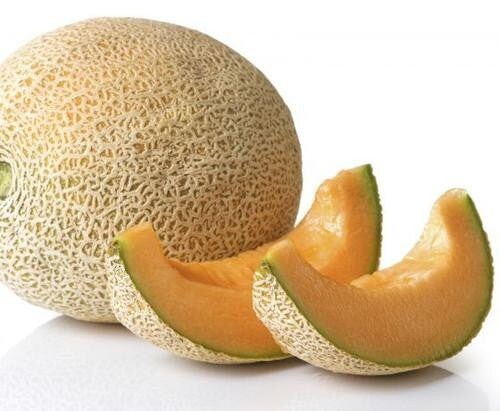Growing Jumbo Hale’s Best Cantaloupe from Seeds
Growing Jumbo Hale’s Best Cantaloupe is a rewarding experience for any gardener. These delicious and sweet melons are a favorite in home gardens, thanks to their juicy, orange flesh and enticing aroma. Here's how you can grow Jumbo Hale’s Best Cantaloupe from seeds:
Selecting Cantaloupe Seeds
1. Variety: Choose Jumbo Hale’s Best Cantaloupe seeds from a reputable source, such as www.ezyseeds.com, to ensure you get the right variety.
2. Quality: Opt for high-quality seeds to improve your chances of successful germination and healthy plants.
3. Quantity: Consider how many melon plants you want to grow, keeping in mind that they require space to spread and thrive.
Germination
1. Seed Starting: Begin by starting your Jumbo Hale’s Best Cantaloupe seeds indoors about 2-4 weeks before your last expected frost date. This gives them a head start on the growing season.
2. Planting Depth: Plant the seeds about 1 inch deep in individual biodegradable pots or seed trays filled with a good-quality seed starting mix.
3. Moisture: Keep the soil consistently moist but not waterlogged. Water from the bottom to encourage healthy root development.
4. Temperature: Maintain a temperature between 70°F to 90°F (21°C to 32°C) for optimal germination. You can use a heat mat to achieve this if needed.
Transplanting
1. Timing: Wait until after the last frost when the soil has warmed up to at least 70°F (21°C) before transplanting your cantaloupe seedlings outdoors.
2. Spacing: Space your Jumbo Hale’s Best Cantaloupe plants about 2 to 3 feet apart in rows that are 4 to 6 feet apart. These melon vines can spread, so provide them with ample room to grow.
3. Soil Preparation: Cantaloupes thrive in well-drained soil rich in organic matter. Ensure your soil is slightly acidic with a pH level between 6.0 and 6.5.
Caring for Cantaloupe Plants
1. Watering: Provide consistent moisture to your cantaloupe plants, especially during dry spells. Water at the base of the plants to avoid wetting the leaves, which can lead to disease.
2. Mulching: Apply a layer of mulch around your plants to help conserve soil moisture, suppress weeds, and keep the fruits clean.
3. Support: Consider using trellises or cages to support the cantaloupe vines as they grow and produce fruit. This can help prevent fruit from rotting on the ground.
4. Fertilization: Use a balanced, all-purpose fertilizer or compost to supply the necessary nutrients. Follow the package instructions for application rates and timing.
5. Pruning: Prune your cantaloupe plants by removing excess foliage and any dead or diseased branches. This can improve air circulation and help prevent diseases.
Harvesting Cantaloupes
1. Timing: Jumbo Hale’s Best Cantaloupes are typically ready for harvest 80 to 90 days after planting. They're ripe when they develop a sweet aroma, and the skin changes from green to beige. The fruit should easily detach from the vine when gently twisted.
2. Check the Color: The skin color should be golden beige, and the netting pattern should be well-defined.
3. Smell the Aroma: Ripe cantaloupes emit a sweet and fruity fragrance. If you can smell it, they're likely ready for harvest.
Enjoy Your Jumbo Hale’s Best Cantaloupes
Once harvested, enjoy your Jumbo Hale’s Best Cantaloupes fresh, or use them in fruit salads, smoothies, or desserts. Their sweet and juicy flesh is a delightful addition to your summer menu. For all your gardening needs, visit www.ezyseeds.com.
Feel free to reach out if you need more information or have any other gardening questions!
